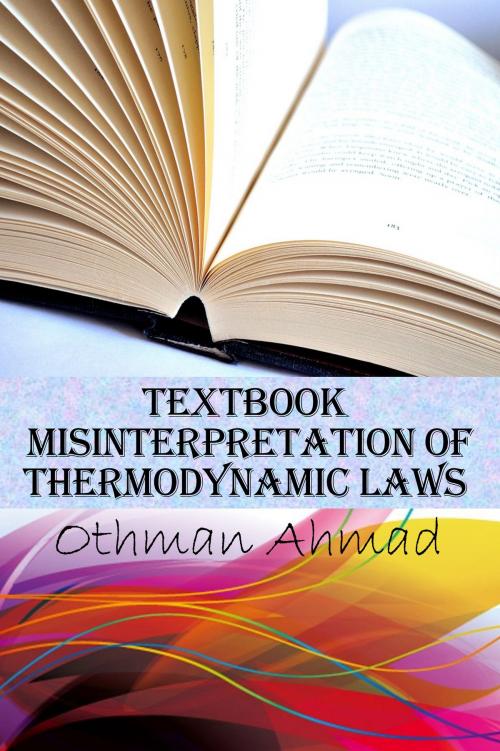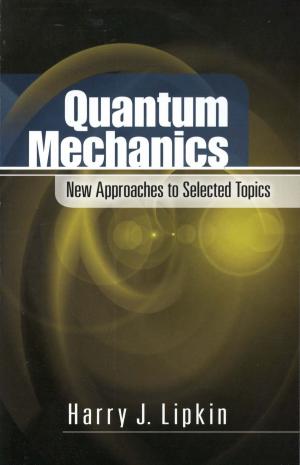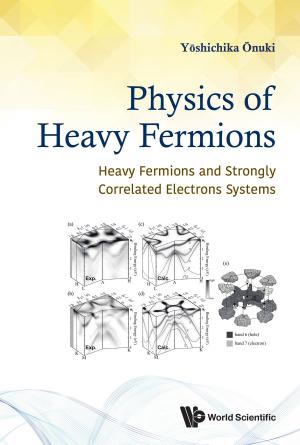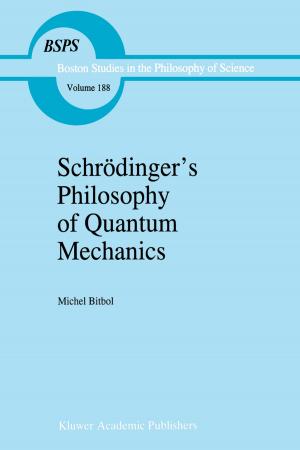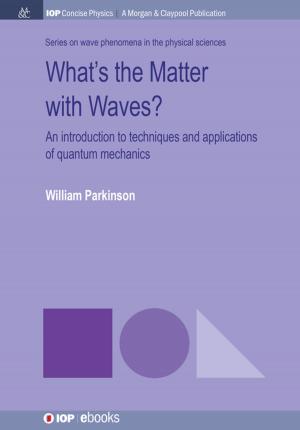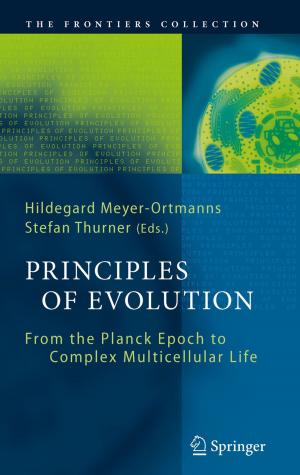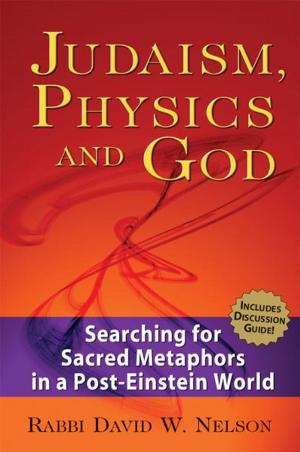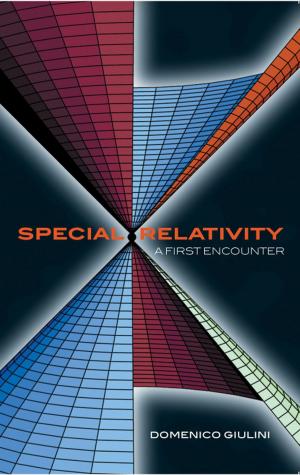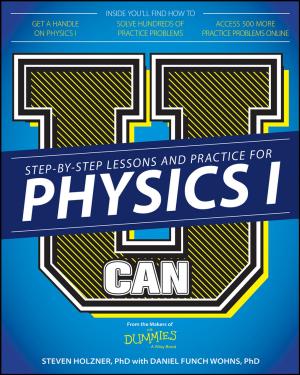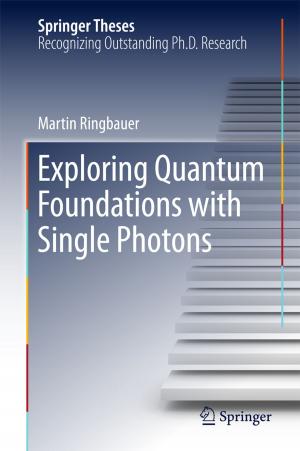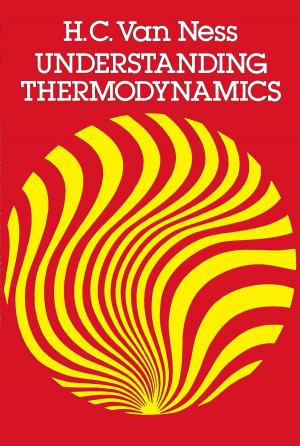Textbook Misinterpretation Of Thermodynamic Laws
Nonfiction, Science & Nature, Science, Physics, General Physics| Author: | Othman Ahmad | ISBN: | 9781310875014 |
| Publisher: | Othman Ahmad | Publication: | February 18, 2015 |
| Imprint: | Smashwords Edition | Language: | English |
| Author: | Othman Ahmad |
| ISBN: | 9781310875014 |
| Publisher: | Othman Ahmad |
| Publication: | February 18, 2015 |
| Imprint: | Smashwords Edition |
| Language: | English |
This book is a collection of two papers that had been published and another that even Arxiv dare not publish. The message is that the interpretation of the Second Law of Thermodynamics by textbooks had been faulty because of the wrong assumption that our environment is mostly lossy. This is not true because outer space is much more vast and filled with vacuum at zero Kelvin temperature that does not induce any energy loss.
Loss is mostly due to friction, air drag and electrical resistance. These are called irreversibles by thermodynamics textbooks referring to the interpretation that we cannot convert energy from one form to another completely, which is 100%. We may not be able to convert to 100% but we can convert close to 100% such as 99.99% so practically it is 100% and this practically is widely used in calculus and numerical methods. What is required is investment in resources.
Friction can be removed by magnetic levitation. Air drag does not exist in a vacuum. Electrical resistance is zero at zero Kelvin temperature because of the superconductivity effect. Outer space does not have gravity and air. Temperature in outer space also can become zero Kelvin easily. Therefore lossless environment is much more common than lossy environments on earth.
Current interpretation of the Second Law of Thermodynamics is correct but trivial. It demands infinite precision which is impossible to achieve for any measurement or theory. It had caused so much misinterpretations that it should be rephrased to be in line with other scientific laws and practical mathematical considerations. Otherwise, potential inventions such as the Zero Energy Transportation systems will meet stiff resistance.
This is vital in the era of global warming and diminishing energy resources. It is not that we cannot achieve zero or very close to zero, losses, but it is just too expensive and not practical. Even when we only achieve 99% conversion efficiencies, the energy savings will be tremendous.
This book is a collection of two papers that had been published and another that even Arxiv dare not publish. The message is that the interpretation of the Second Law of Thermodynamics by textbooks had been faulty because of the wrong assumption that our environment is mostly lossy. This is not true because outer space is much more vast and filled with vacuum at zero Kelvin temperature that does not induce any energy loss.
Loss is mostly due to friction, air drag and electrical resistance. These are called irreversibles by thermodynamics textbooks referring to the interpretation that we cannot convert energy from one form to another completely, which is 100%. We may not be able to convert to 100% but we can convert close to 100% such as 99.99% so practically it is 100% and this practically is widely used in calculus and numerical methods. What is required is investment in resources.
Friction can be removed by magnetic levitation. Air drag does not exist in a vacuum. Electrical resistance is zero at zero Kelvin temperature because of the superconductivity effect. Outer space does not have gravity and air. Temperature in outer space also can become zero Kelvin easily. Therefore lossless environment is much more common than lossy environments on earth.
Current interpretation of the Second Law of Thermodynamics is correct but trivial. It demands infinite precision which is impossible to achieve for any measurement or theory. It had caused so much misinterpretations that it should be rephrased to be in line with other scientific laws and practical mathematical considerations. Otherwise, potential inventions such as the Zero Energy Transportation systems will meet stiff resistance.
This is vital in the era of global warming and diminishing energy resources. It is not that we cannot achieve zero or very close to zero, losses, but it is just too expensive and not practical. Even when we only achieve 99% conversion efficiencies, the energy savings will be tremendous.
